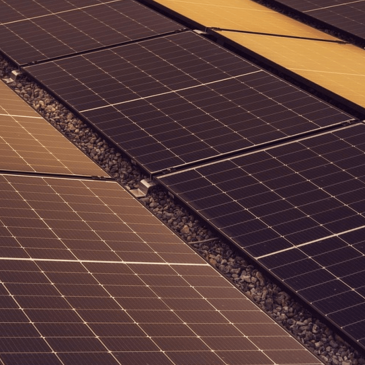Ready for Solar in 2025? Get All the Updates on Major Concerns Here
If you’ve been thinking about going solar, then 2025 may be the year that you might want to take the plunge. With technology advancing, policies shifting, and financing options evolving, homeowners now have more opportunities than ever to save money on their way to gaining energy independence.
Whether you’re exploring solar panels for the very first time or are considering upgrading your current solar system, here are the key updates that you should know about that affect everything from solar battery storage and net metering to power purchase agreements (PPAs), leases, and payback periods.
Solar Battery Storage: Is It More Affordable and Efficient in 2025?
In 2025, battery storage is one of the most exciting parts of residential solar energy. Just a few years ago, adding a battery to your solar system was considered a luxury because the cost of doing so was so high. But today, prices have dropped significantly as more and more manufacturers are entering the market and technologies are fast improving.
Solar batteries are essential if you want to store excess solar energy that is generated during the day for use at night or during power outages. This is especially valuable for homeowners in areas prone to blackouts or with time-of-use electricity rates, where evening power tends to be more expensive. In 2025, battery options are not only more affordable but batteries are also becoming more compact, longer-lasting, and easier to integrate with home energy systems. Many states also continue to offer incentives or rebates to help cover the cost of storage, and battery costs can even be included in the federal solar tax rebate, thus making battery storage an increasingly popular choice.
Net Metering: Still Valuable in Some Areas, But Rules Are Changing
Net metering is a policy that allows you to send any excess solar energy generated by your system back to the grid in exchange for credits on your utility bill. The truth is that net metering is one of the best ways to save with solar, but the landscape is changing and in 2025 there will be continued changes in how utilities structure these programs.
In place of net metering, some states are moving toward something called “net billing,” where exported energy is credited at a lower rate than retail electricity. Others are adjusting peak-hour credit values to reflect grid demand. The good news? Even with these changes, solar homeowners are still reducing their utility bills dramatically, especially when pairing their panels with battery storage, so they can use more of their own electricity.
These factors are always in flux, so before you go solar, it’s important to check your state’s most current net metering policies. A knowledgeable installer can walk you through how the rules apply to your home and how they’ll impact your long-term savings.
PPAs and Lease Agreements: Lower Barriers to Entry But With Fewer Benefits
In today’s turbulent economy, not every homeowner wants—or can afford—to buy a solar system outright. That’s why power purchase agreements (PPAs) and lease options continue to play an important role in 2025’s solar market.
Solar leases can be attractive because they allow you to “rent” the system by paying a fixed monthly rate. PPAs, on the other hand, let you pay for the power the system generates, typically at a rate lower than your utility provider. Both options have the benefits of little to no upfront cost, but it is important to note that you won’t own the system, and therefore you won’t be eligible to receive tax credits. It is also important to note that if you lease solar panels and are expecting to be selling your home, then the new buyer will either have to take over the lease or you will have to cover the cost of having the system removed and most likely the roof replaced.
As competition continues to grow in the solar market, many providers now offer more flexible terms, longer warranties, and clearer buyout options. For homeowners who want the benefits of solar without the responsibility of ownership, leases and PPAs remain attractive options in 2025.
Payback Periods: Getting Shorter
One of the biggest questions first-time solar buyers ask is, “How long before my system pays for itself?” The answer is getting better every year. Thanks to lower equipment costs, improved efficiency, and federal incentives like the Residential Clean Energy Credit (30% through 2032), most homeowners in 2025 see a payback period of 6 to 10 years, depending on their state, utility rates, and whether they add storage.
In high-cost electricity markets like California or the Northeast, the savings can accumulate even faster. Pairing solar with batteries can also help shorten the payback period because it drastically reduces your reliance on expensive evening power that comes from the grid.
The Time Has Never Been Better to Solar
If you’ve been waiting for the right time to incorporate solar energy into your home, then the combination of technical improvements and ongoing incentives makes 2025 a strong year to take action. Talk with a trusted solar installer, compare all your financing options, and see how much you could save by making the switch this year.

